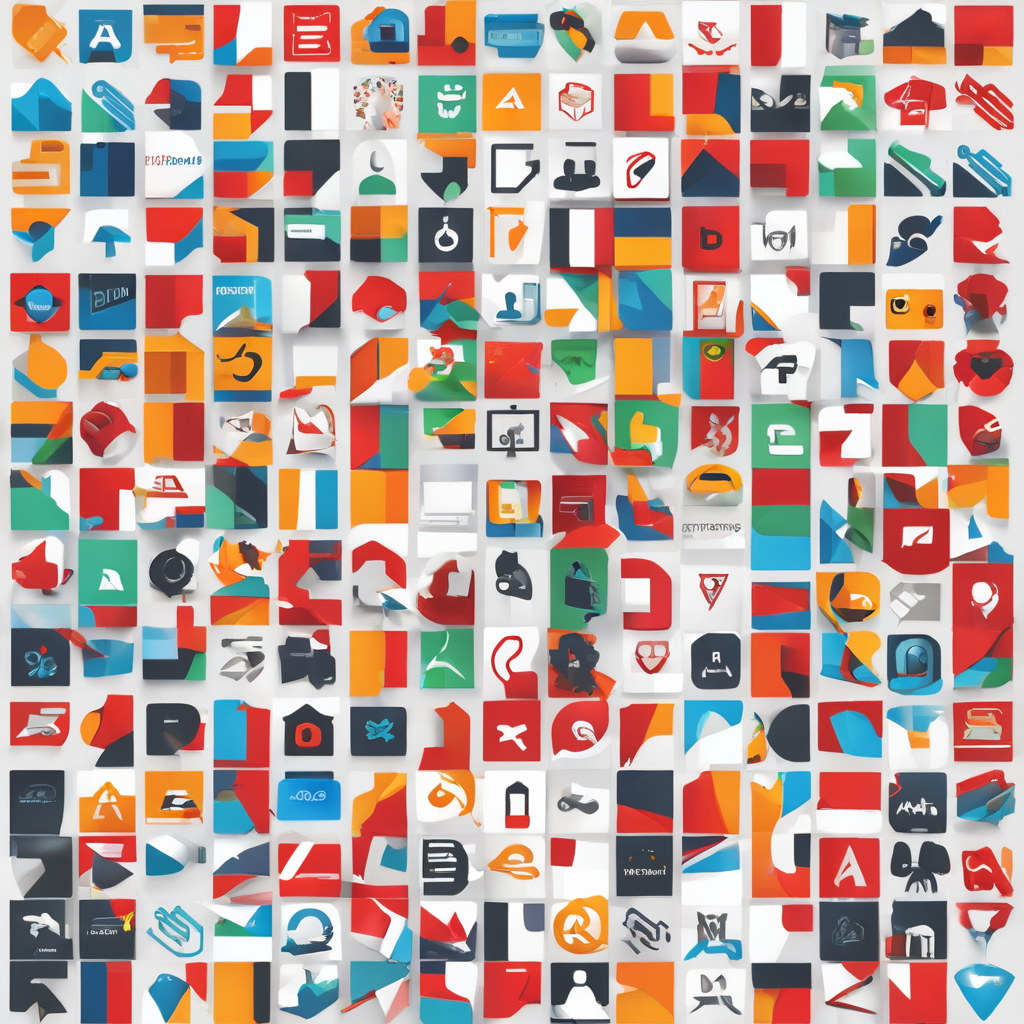Vitreous carbon blends the strength of ceramics with the electrical conductivity of graphite, offering unmatched chemical resistance and thermal stability. Its unique non-porous, amorphous structure withstands extreme conditions, making it ideal for electrodes, scientific tools, and advanced industrial uses. Understanding its distinct properties opens doors to innovative applications where durability and purity are essential.
Defining vitreous carbon: structure, key properties, and differentiation from graphite
Unlike traditional carbon materials, vitreous carbon is a non-graphitizing, amorphous form where all atoms exhibit sp² bonding in a disordered, glass-like network. This structure sets it apart from crystalline graphite, which possesses layered, hexagonal organization and shows graphitization at high temperatures. Instead, vitreous carbon maintains its amorphous state even beyond 2500°C, a consequence of its turbostratic or fullerene-like molecular arrangement.
This might interest you : Essential gas cylinder storage safety standards you must know
Key properties can be grouped into several core categories. The material’s thermal stability is exceptional; it resists oxidation and retains mechanical strength at temperatures that degrade most metals and ceramics. Electrical and thermal conductivity, while not reaching the highest levels of graphite, remain significant and stable across broad temperature ranges. Its chemical inertness and impermeability to gases and liquids are crucial for demanding environments, such as high-temperature crucibles and advanced electrodes.
When compared with glassy or diamond-like carbons, this material displays lower porosity and a rigid yet isotropic character. Mechanical strength is substantial, but it exhibits brittle behavior and moderate wear resistance, impacting its suitability for high-wear applications.
Also read : Effortless email checking: validate your addresses today!
Manufacturing, forms, and material variants: understanding production and options
Overview of pyrolysis and carbonization: controlled heating of organic polymers
Vitreous carbon, also called glassy carbon, is made by pyrolyzing organic polymer precursors such as phenol-formaldehyde resin. The process uses slow, controlled heating in an inert atmosphere—often up to about 1300°C (1570 K)—so volatile byproducts escape steadily. This results in a dense, chemically pure, fully sp²-bonded carbon structure that does not graphitize, even at temperatures surpassing 2500°C. The uniform atomic structure provides high chemical inertness and extremely low permeability to gases or liquids.
Variants and processing: forms (foils, rods, tubes, crucibles, powders, RVC foams) and their shaping or machining
The material is available as foils, rods, tubes, crucibles, powders, and reticulated vitreous carbon (RVC) foams. Forms are typically shaped before carbonization, since machining post-pyrolysis is difficult—its hardness (7–12 GPa on Mohs scale) and brittleness make conventional machining complex. Reticulated foams are produced by processing polymer foams, carbonizing them to create a porous, conductive architecture ideal for filtration or battery electrodes.
Surface modifications and specialized fabrication: anodic oxidation, coatings, and nanostructuring for advanced applications
For advanced applications, surface treatments such as anodic oxidation or thermal activation increase surface roughness and capacitance, vital for electrode performance in supercapacitors and sensors. Coating techniques (like chemical vapor deposition) and nanostructuring methods further boost reactivity, biocompatibility, or mechanical integration. These specialized modifications enable vitreous carbon’s use even in demanding biomedical and electronic environments.
Applications, advanced uses, and comparative advantages of vitreous carbon
Scientific, industrial, and biomedical uses
Vitreous carbon, often formed as rods, crucibles, electrodes, or porous foams, is valued for its chemical inertness and high temperature resistance. Its impermeability and biocompatibility underpin its use in medical device electrodes, such as pacemaker leads and experimental dental implants, and in high-purity crucibles for crystal growth in semiconductor manufacturing. Reticulated vitreous carbon (RVC), thanks to its high surface area and conductivity, is ideal as a three-dimensional electrode, supporting catalysis, filtration, and electrochemical sensing for environmental monitoring and biologic applications.
Advanced technological sectors
In aerospace and electronics, vitreous carbon withstands thermal shocks and harsh chemical environments. Energy storage and fuel cell research benefit from its electrical conductivity, surface area, and stability, while foams and coatings serve roles as catalyst supports or filtration media. Its predictable shrinkage and machinability of preforms before pyrolysis support advanced custom components.
Comparative benefits
Vitreous carbon’s combination of isotropic strength, low density, and stable electrical performance gives it advantages over graphite and amorphous carbon. It resists gas and liquid penetration, outperforms graphite in corrosive or oxidizing atmospheres, and delivers enhanced durability for extended electrochemical use. Biocompatibility and safety further distinguish vitreous carbon in specialized biomedical or environmental roles.



